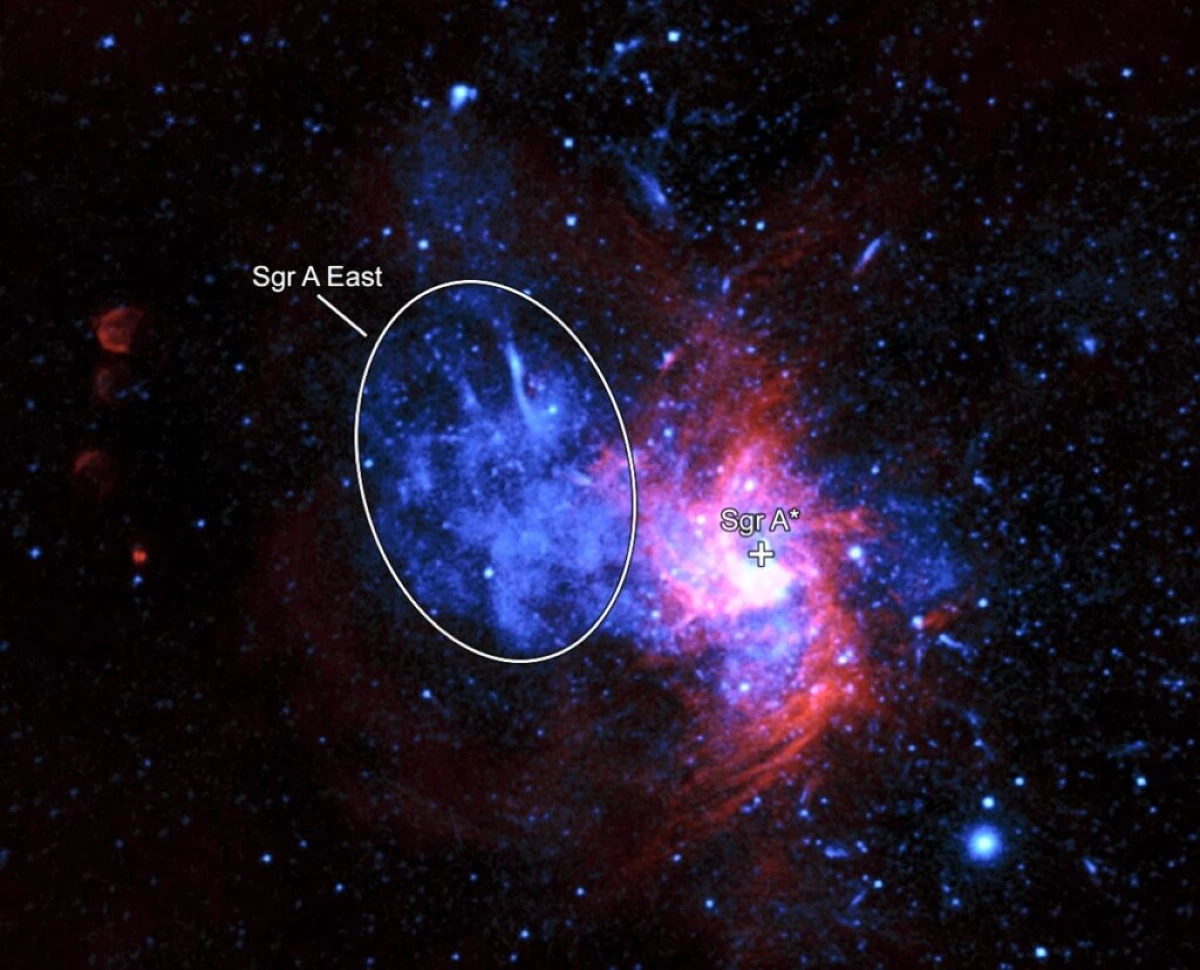
Candra's Space X-ray telescope watched a supernovae SGR A EAST, which is in close proximity to the center of the Milky Way. Judging by his data, it refers to a very rare type of supernovae IAX, which begin with an explosion of white dwarf and leave behind the stars - "Zombies". This is reported in the article published in The Astrophysical Journal; Briefly about work is described in the NASA press release.
Supernovae is divided into two classes: the first flashes in double systems with the participation of white dwarf, the second - with a gravitational collapse of massive stars. The most studied and widespread type of supernovae Ia occurs when dragging the dwarf of substances of a neighboring star. Taking a mass above a certain limit, it explodes with almost no residue.
However, already in the 21st century, a rare version of IAX was described. These supernovae flashes and go out much faster Ia, and after thermonuclear explosion, white dwarf is partially saved. By purchasing more speed, he carries away, like a zombie star, lonely wandering in the galaxy. The energy of supernovae IAX is less than that of the "ordinary" IA, their brightness and the speed of destroying the remains below, and as a result another set of heavy elements is formed than that of Ia.

It was this that Candra's telescope discovered, watching a supernova SGR A EAST in an X-ray range for 35 days. "We have already known supernovae types of IAX in other galaxies, but not one in the Milky Way," says Ping Zhou (Ping Zhou), one of the authors of the work. "These remains of supernova appear in many pictures of the central supermassive black hole of our galaxy obtained in recent decades," adds his co-author of Ji-Yuan Lee (Zhiyuan Li). "Now we finally found out that this is an object and how it appeared."
Judging by the observations of distant galaxies, supernovae IAX occurs approximately three times less frequently than IA. In the Milky Way, three supernovae (and a couple more candidates), so that the presence of one IAX looks quite reliable. If new observations are confirmed, SGR A EAST will become closest to us a well-known supernovae of this rare type - and somewhere nearby should be the nearest star, "zombies", left by an explosion.
Source: Naked Science
